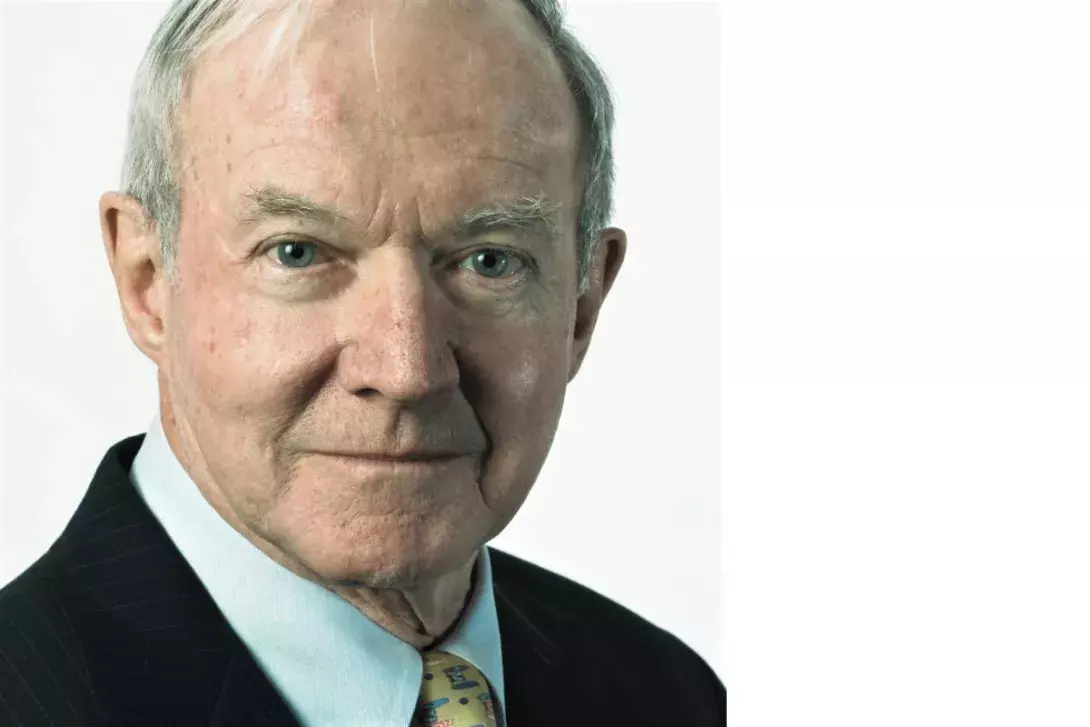Vale Professor Michael O’Rourke (1937-2024)

Emeritus Professor Michael Francis O’Rourke AM passed away on 5th February 2024. He was truly one of the greats of Australian Cardiology and a longstanding member of the Board of Honorary Consultants of Modern Medicine/Medicine Today. He established, and was the inaugural Director of, the Coronary Care Unit at St Vincent’s Hospital, Sydney from 1971. This was the starting base for his distinguished career in Medical Research and the launching pad for his many international collaborations and achievements over the subsequent four decades during which he became one of the most well-known Australian Cardiologists in North America and Europe and a living legend in his chosen field of haemodynamics. Michael leaves behind a wonderful family including five children and 15 grandchildren. His beloved wife Margaret passed away in 2016.
Michael studied medicine at The University of Sydney, and it was quickly obvious that he had the sort of sharp and inquiring mind that looked beyond taking the best care of the patients he saw in front of him and sought to delve into the world of research, with a view to being able to look after future patients more effectively. With this in mind, he spent several years with Professor Michael Taylor in the School of Physiology at Sydney University learning about research methods in general, and haemodynamics in particular, from a recognised master in the field. This wonderful training provided the foundation of his subsequent contributions and ensured that his work was always of truly international standard.
A lifelong love of things mathematical and mechanical probably explains an initial flirtation with anaesthetics, but he soon settled into a career as a cardiologist, quickly becoming a valued member of the Cardiac and Cardiovascular team at St Vincent’s Hospital and a lifelong teacher and researcher within the Faculty of Medicine UNSW Sydney, where he was eventually awarded a Personal Chair in Medicine and the status of Emeritus Professor on his retirement.
Michael’s achievements in research ranged too widely to do justice to here. He did pioneering work (still regularly cited) on the use of aortic counterpulsation in patients with cardiogenic shock following myocardial infarction and was an international leader in the early trials of fibrinolytic agents early after a heart attack, including in the ambulance before reaching hospital. His work on counterpulsation drove his interests towards the interactions between the arterial system and the heart and particularly the effects of fibrosis and ageing on pulse wave reflection from the vascular tree. He worked with scientists and engineers in the US and Europe (especially his colleague and friend Michel Safar in France), to develop ways of studying the reflected waves from the arteries and how these can impact on the blood pressure wave and contribute to hypertension. Along the way he developed novel equipment for studying these phenomena noninvasively. He was the Editor of the 3rd to the 7th editions of the standard textbook in the field, McDonald’s Blood Flow in Arteries.
Michael had a brother who was an international airline pilot, and this may or may not have been what gave him the idea for what in many ways was his most important legacy to the world: when external cardioverter defibrillators started to become practical and available, Michael pushed very hard for the adoption of this technology in public places, including on airlines. He lobbied politicians and captains of industry and played a huge part in the eventual acceptance and application of this technology throughout the world. Getting the idea adopted by Qantas was a huge step forward: competitor airlines soon followed. This alone has saved countless lives in multiple countries.
Michael was an extremely enthusiastic person and a wonderful teacher and mentor who inspired many research careers. He will be greatly missed.
